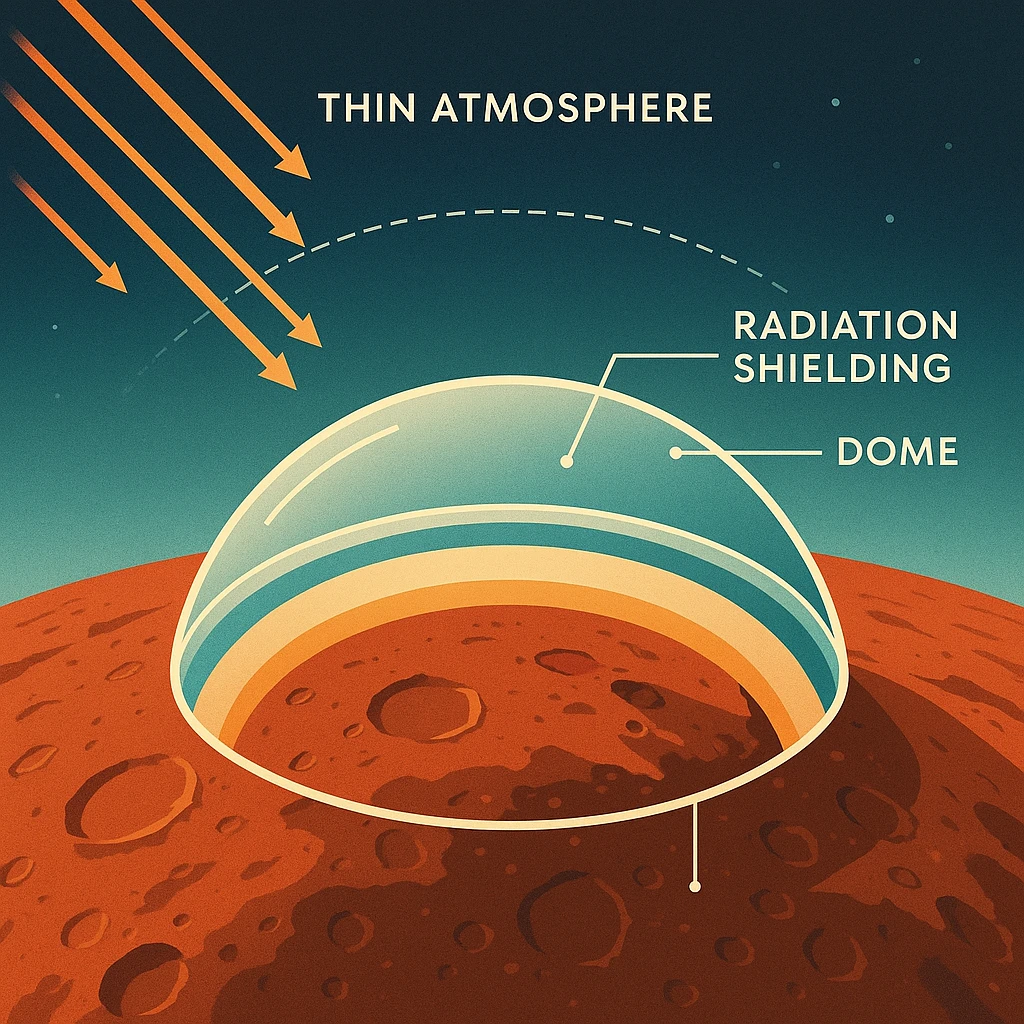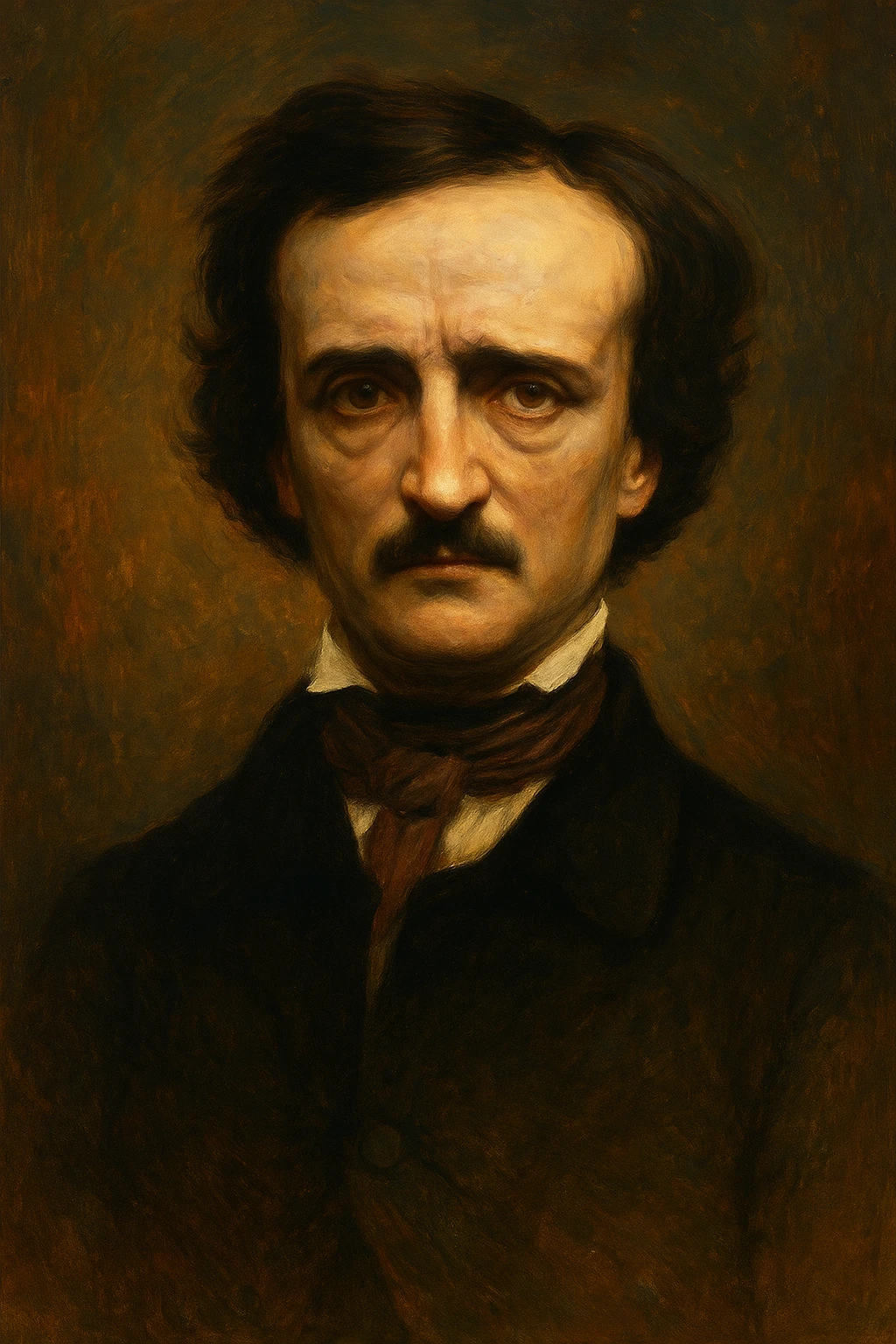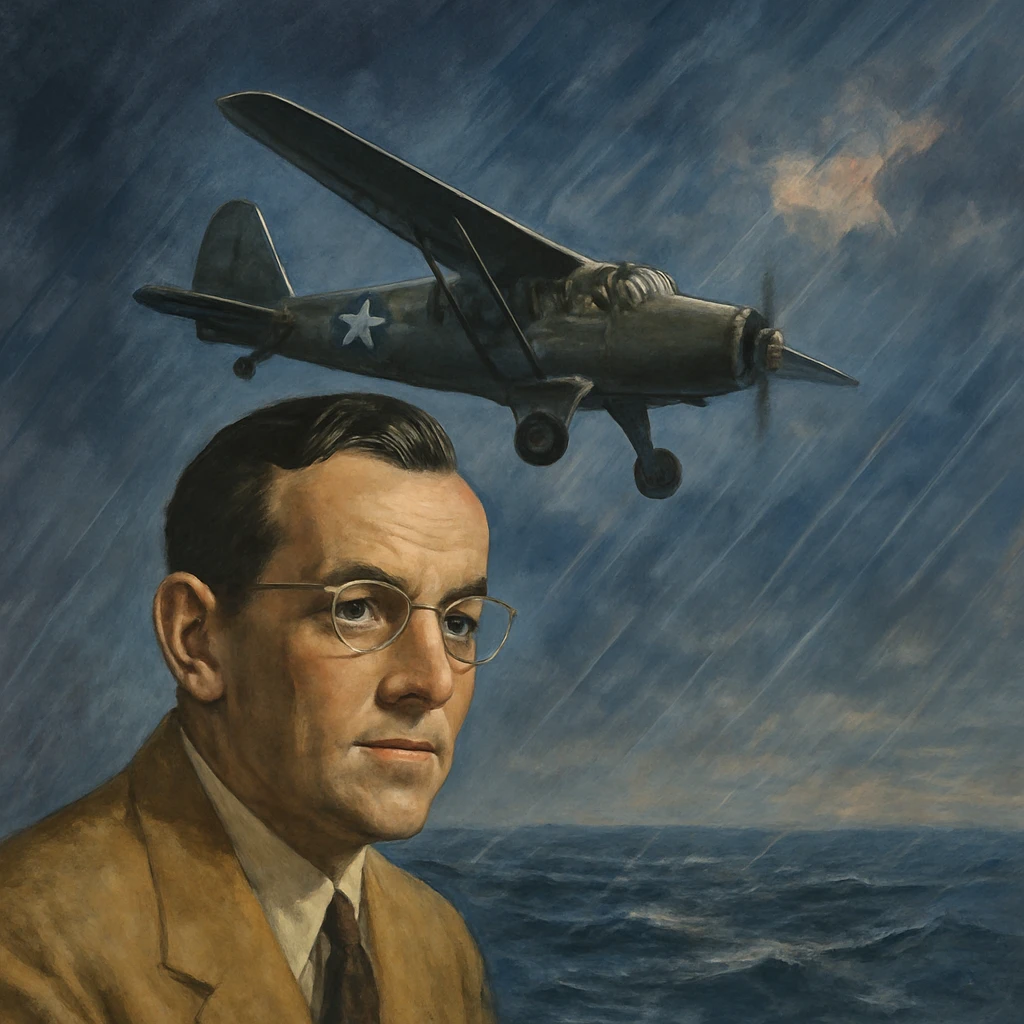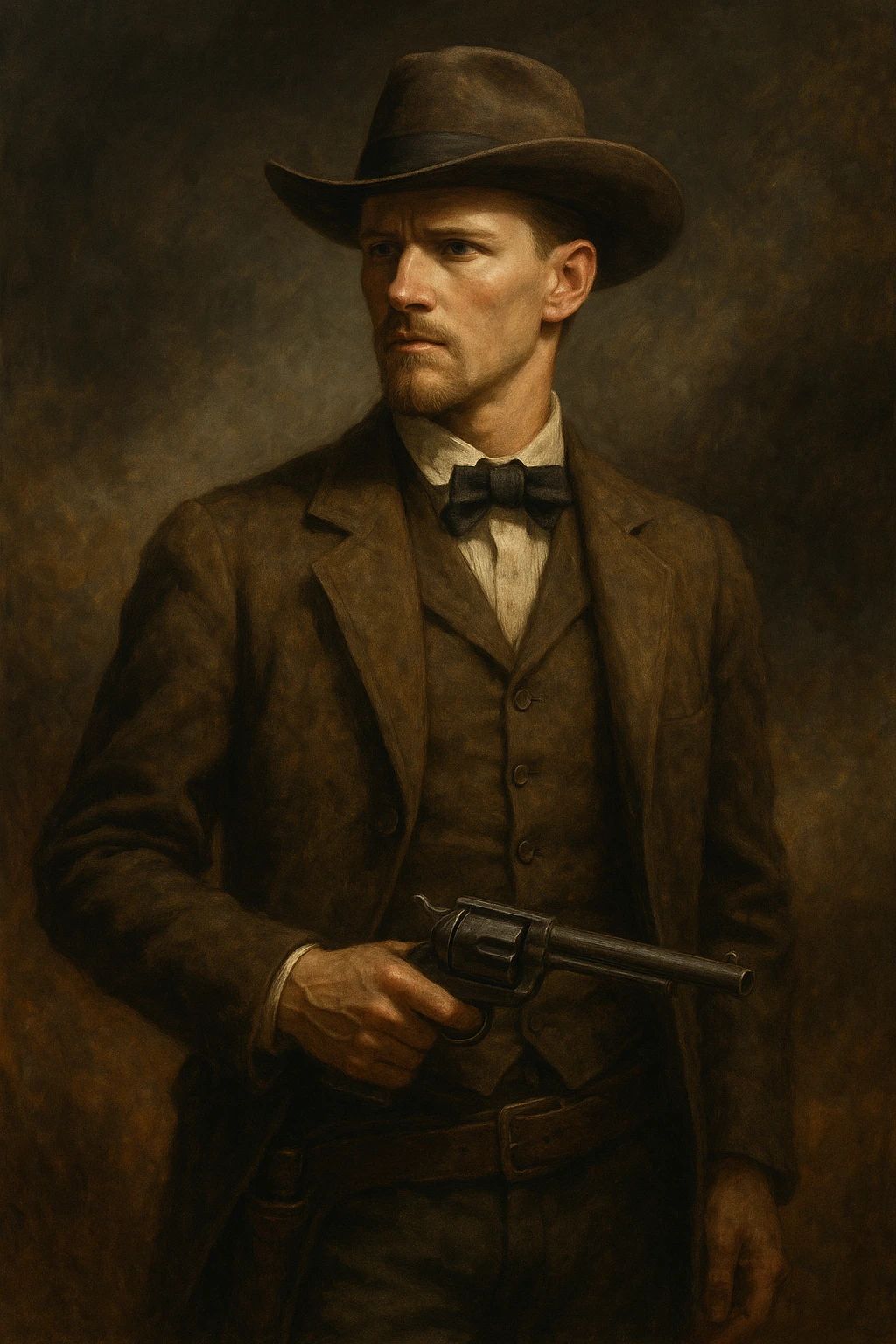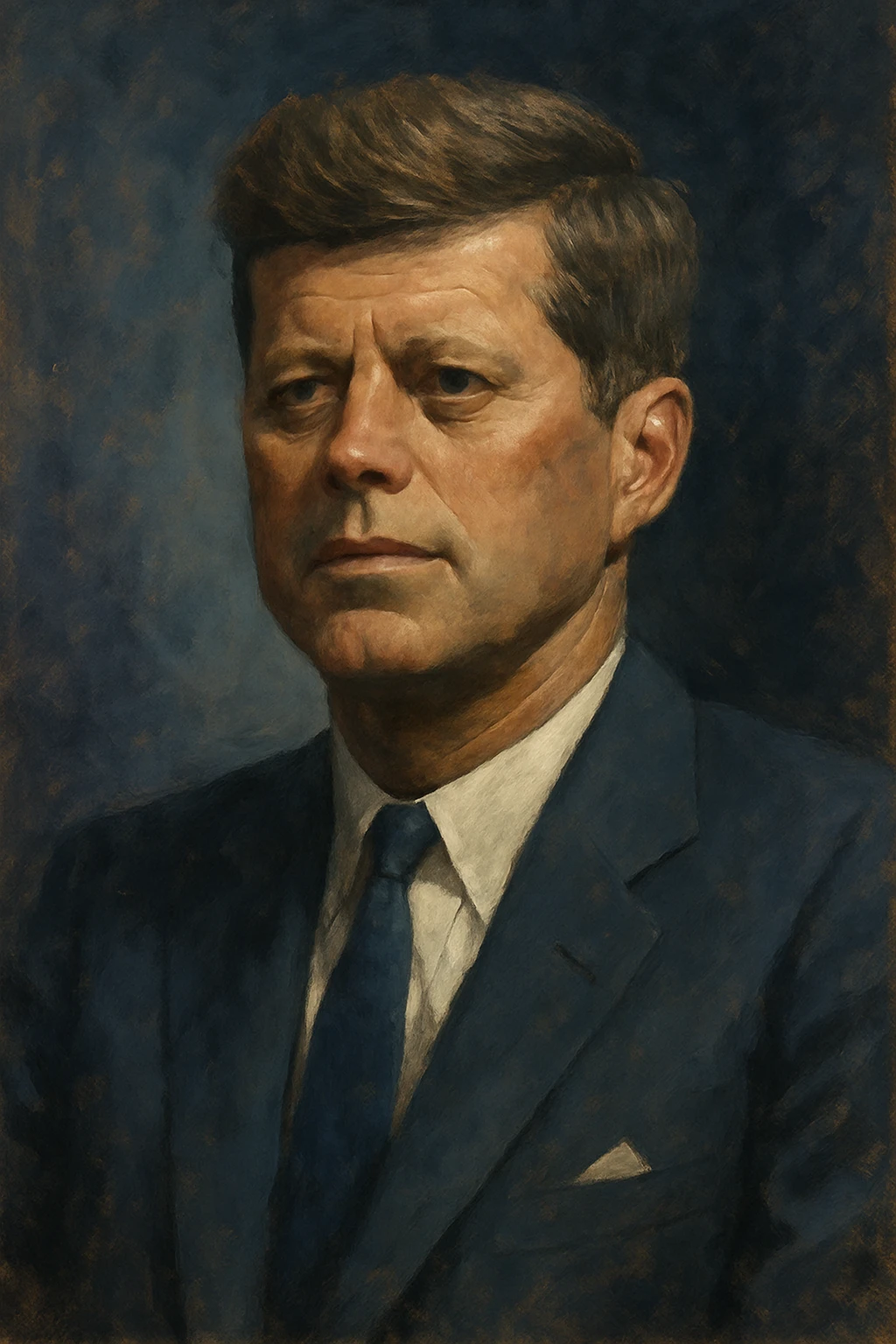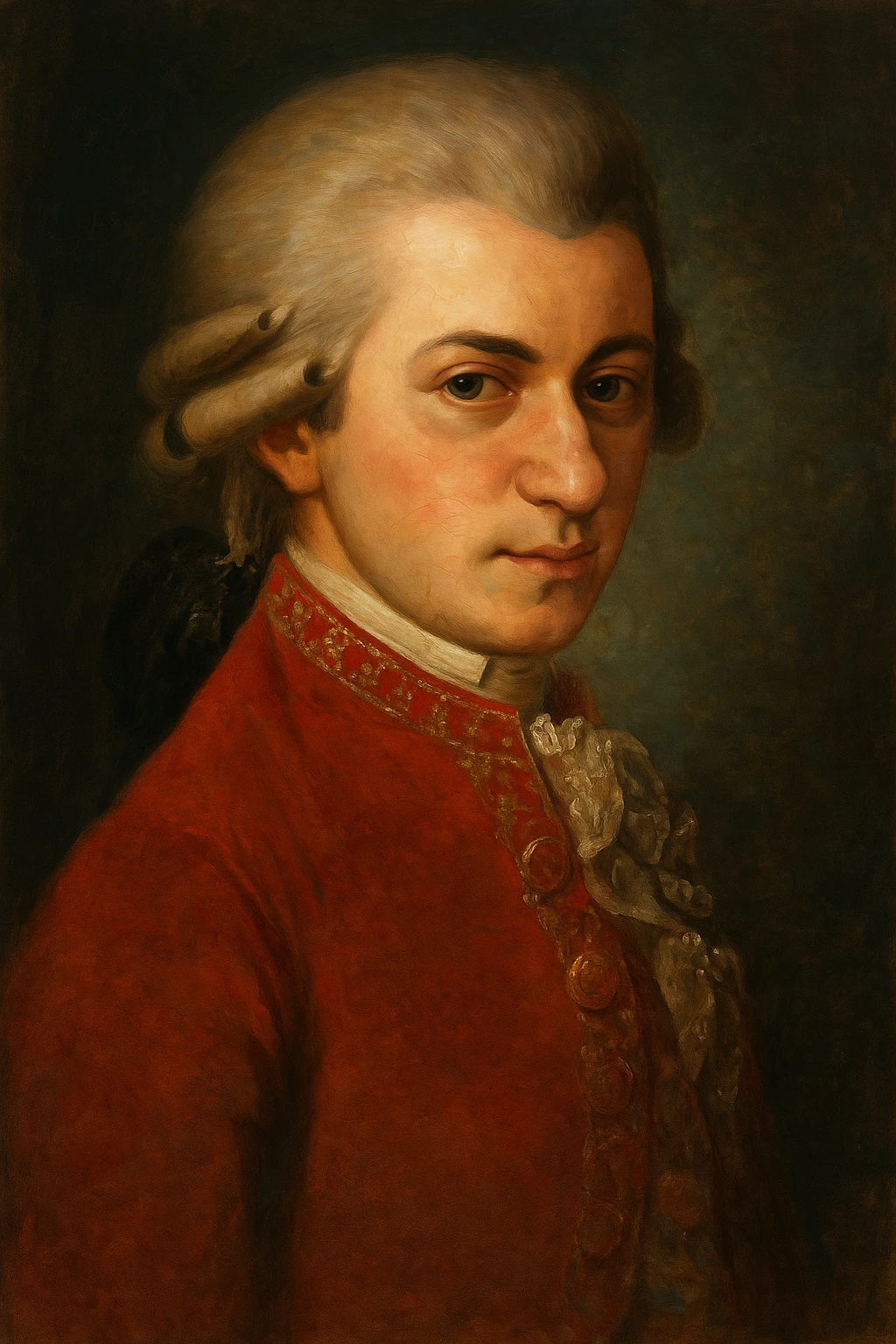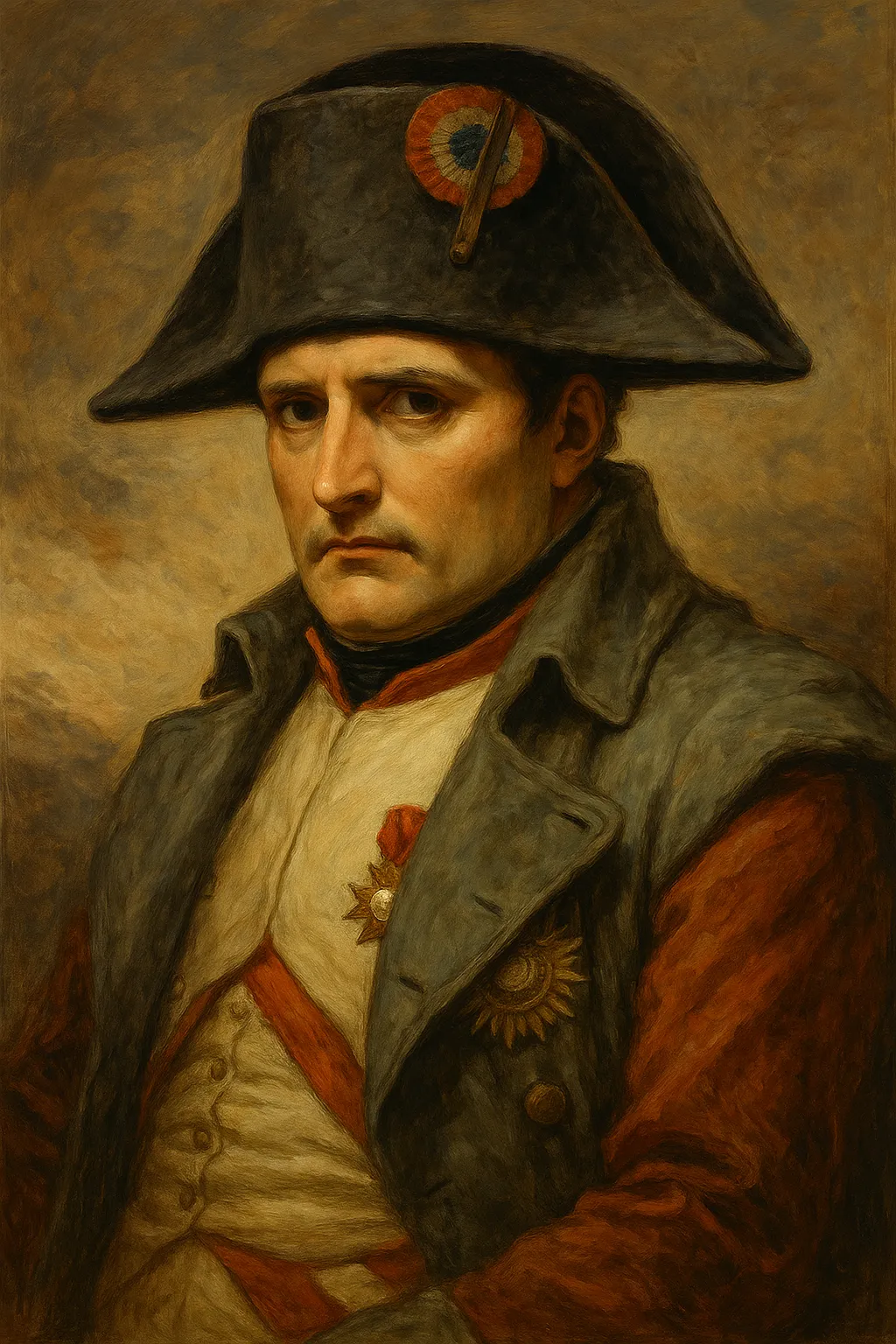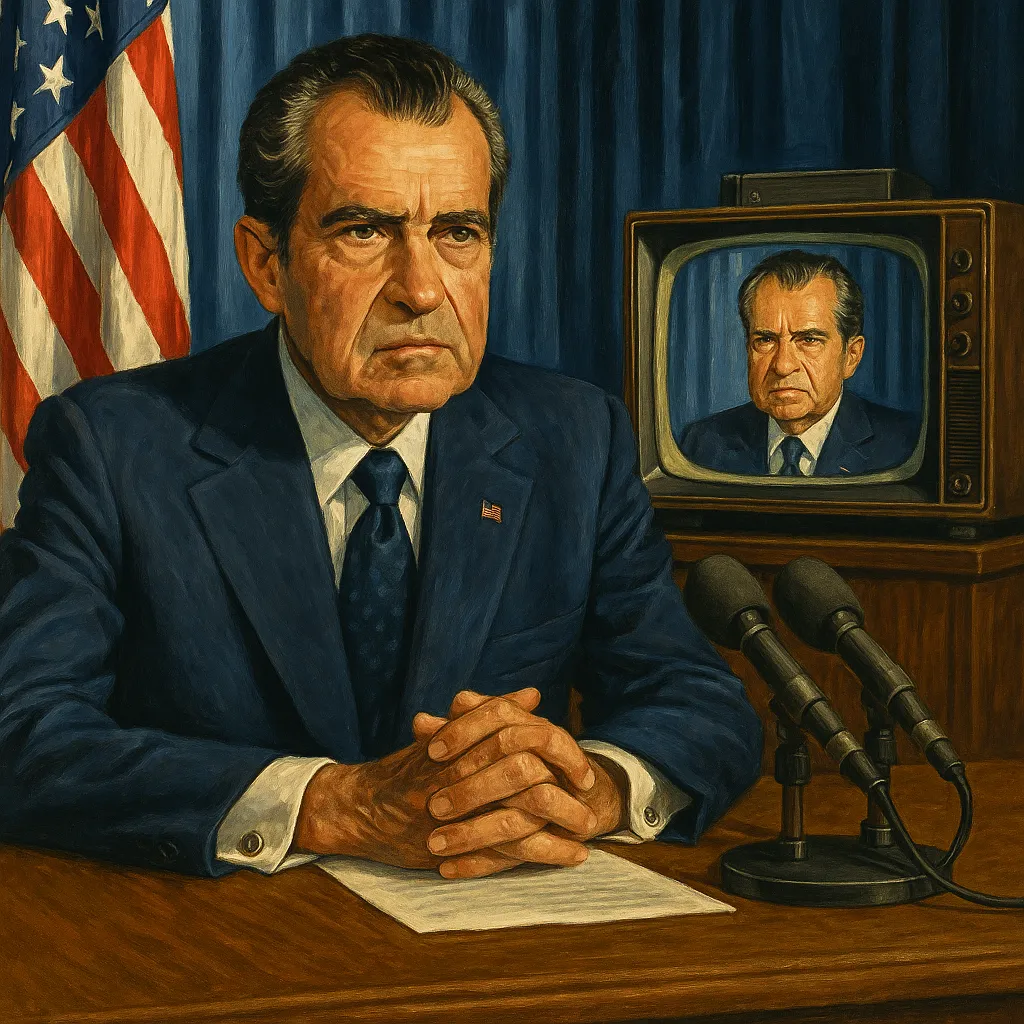Curious Cars and Automotive Breakthroughs
Accident
For every 50 miles driven in an automobile, a person has a 1 in a million chance of being killed in a motoring accident.Airbags Inflate Fast
Airbags deploy in about 30 milliseconds-faster than the blink of an eye. They explode from their compartments at speeds of over 150 mph to protect passengers during a collision.Autocar
In 1906 a car known as the Autocar was manufactured in the United States with a new invention-headlights (they burned kerosene). The Autocar, however, lacked another important accessory, the steering wheel. The driver directed the vehicle by means of a stick-like shaft situated to the right of the driver's seat.Automatic vs. Manual
While most American drivers prefer automatic transmissions, over 80% of cars in Europe and Asia are still manual. Manuals offer more control and better fuel efficiency in some conditions.Backup Beeps Origin
The backup warning beep was first introduced in Japan in the 1960s and became a global standard for safety in heavy vehicles and later, passenger cars.Beetle Sales
The Volkswagen Beetle held the record for the longest-running and most-manufactured car of a single design platform, with over 21 million units sold from 1938 to 2003.Boats
Most boats have also increased in price just like automobiles have due to cost of materials and labor. Yachts for sale in Florida can sell for even more than the Koenigsegg CCXR Trevita.Bugatti Speed
The Bugatti Chiron Super Sport 300+ became the first production car to exceed 300 mph, clocking in at 304.77 mph in 2019 under test conditions.Convertible History
The first convertible cars date back to the early 1900s, modeled after horse-drawn carriages with collapsible tops. Today, convertibles represent a niche but nostalgic market segment.Cost
In 1924 a Ford automobile cost $265.Diesel Engines Last Longer
Diesel engines are known for durability and longevity. Many diesel trucks exceed 500,000 miles with proper maintenance, thanks to stronger engine components and lower RPM operation.Drive-In Theaters
Drive-in movie theaters were first introduced in the 1930s and peaked in popularity in the 1950s, offering a car-centric entertainment experience unique to American culture.Electric Cars Aren't New
Electric vehicles actually predate gasoline-powered ones. In the early 1900s, EVs made up nearly one-third of all cars on the road before fading out due to limited range and infrastructure.Engine Sounds are Designed
In many modern cars-especially EVs-engine and exhaust sounds are artificially created or enhanced through speakers to deliver a more satisfying driving experience.First Speeding Ticket
The first speeding ticket was issued in 1902 when a man in Ohio was caught going 12 mph in a 5 mph zone. He was fined $5, which would be over $150 today adjusted for inflation.Flying Cars Exist
Several prototypes of flying cars have been tested and even certified. Companies like PAL-V and Alef Aeronautics are pushing toward commercial models with road-to-air transformation capabilities.Ford Model T
Introduced in 1908, the Ford Model T was the first mass-produced car using an assembly line. It revolutionized transportation and was affordable enough for middle-class Americans.GPS is Military Tech
Global Positioning System (GPS) was originally developed for military use in the 1970s. Civilian access began in the 1980s and now guides billions of vehicles worldwide.Horns are Tuned
Most car horns are tuned to either the F or A note. This standardization makes them loud and distinct enough to cut through traffic noise and alert pedestrians.Hybrid Cars Save Brakes
Hybrid cars use regenerative braking, which converts kinetic energy into battery charge. This reduces wear on traditional brake components and extends their lifespan.Inventions
The Buick, first automobile manufactured by the General Motors Corporation, was actually built by a man named David Buick. Buick, a plumber by trade, also invented a process whereby porcelain could be annealed onto iron, hence making possible the production of the white porcelain bathtub.License Fee
No two-cycle engines are allowed in Singapore. The license fee for a new car is low, about $5.00, but as the vehicle gets older, this fee increases. When the automobile reaches 8 years old, it is no longer allowed on the streets. This is opposite of the license-fee structure in the U.S. While strict, Singapore's auto law has virtually wiped out air pollution in the country.License Plate Oddities
The world's first license plate was issued in France in 1893. Today, certain rare vanity plates-like "F1" in the UK-have sold for millions at auction.Most Cars
In 1950 the United States had 70 percent of all the automobiles, buses, and trucks in the entire world.Price Most Expensive
The price of the average American automobile doubled during the ten-year period between 1968 and 1978.
The most expensive car as of now is the Koenigsegg CCXR Trevita - $4.8 million! Koenigsegg makes its first appearance on our list with the CCXR Trevita, and it does so as the most expensive street-legal production car in the world. Why so much coin? With no exaggeration, the car is literally coated in diamonds - and diamonds aren't cheap.
For the Trevita, the Swedish manufacturer developed a new exterior finish called the Koenigsegg Proprietary Diamond Weave, which involves coating carbon fibers with a diamond dust-impregnated resin. We can't even fathom how much the touch-up paint costs.
Underneath the lustrous finish lies a 4.8-liter, dual-supercharged V8 with a total output of 1,004 horsepower and 797 pound-feet of torque, which means it should have little to no trouble overtaking semis on the freeway. The car's specifications - in both performance and price - are nearly comical at this point, and just three were ever made.Racing
The first automobile race ever seen in the United States was held in Chicago in 1895. The track ran from Chicago to Evanston. The winner was J. Frank Duryea, whose average speed was 71.5 miles per hour.Self-Parking Cars
Self-parking systems were first offered by Toyota in 2003. The tech has since evolved to fully autonomous valet parking in some luxury models.Speed
The earliest conviction of speeding in a car is believed to have been in 1896, when Walter Arnold of East Peckham, Kent was fined for doing 8 mph in a 2 mph zone.Speedometers Were Optional
Early cars didn't come with speedometers. Drivers had to estimate speed until U.S. legislation in the 1910s required them in all vehicles for safety.Taxi
The high roofs of London taxicabs were originally designed to keep gentlemen from knocking off their top hats as they entered and left the vehicles.Theft
In 1905 the Bosco Company of Akron, Ohio, marketed a "collapsible Rubber Automobile Driver." The figure, deflated and kept under the seat when not in use, was a kind of dummy intended to scare thieves away when the car was parked.Wipers Were Invented by a Woman
Mary Anderson patented the first windshield wiper in 1903. Her design was manual, but it led to the development of automatic systems in the decades that followed.







